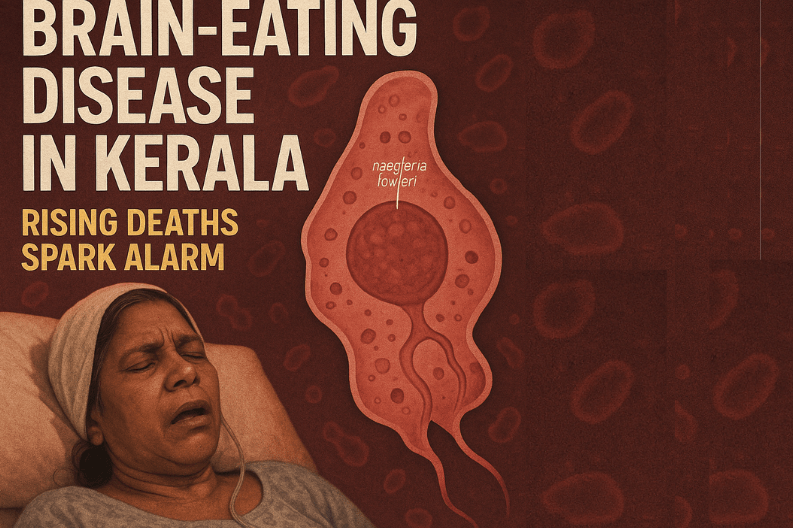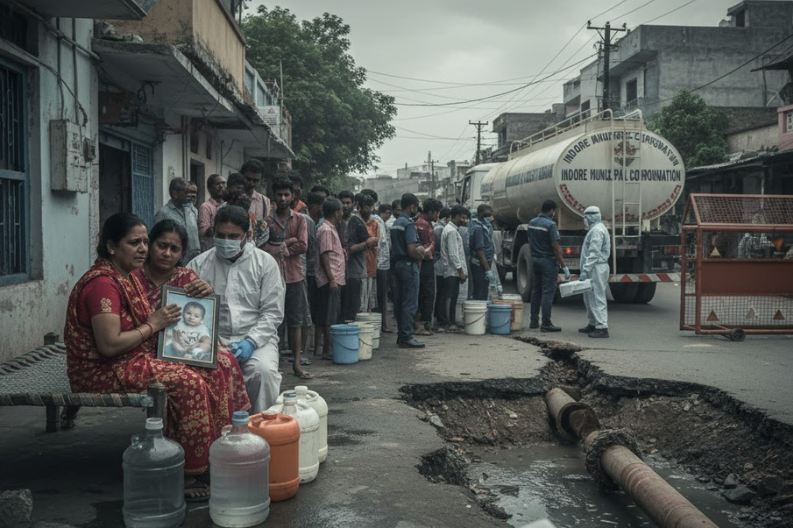On the eve of Onam, one of Kerala’s biggest festivals, tragedy struck when 45-year-old Sobhana from Malappuram district died after suddenly developing fever and violent shivers. Doctors had initially diagnosed only dizziness and high blood pressure, but later confirmed she carried Naegleria fowleri, a rare organism often called the brain-eating amoeba. This deadly infection, known as primary amoebic meningoencephalitis (PAM), spreads when contaminated freshwater enters the nose. It then reaches the brain quickly and destroys tissue. Her case adds to a troubling pattern linked to the ongoing outbreak of the brain-eating disease in Kerala.
Kerala first detected PAM in 2016, usually reporting only one or two cases each year. Now the numbers are rising sharply. In 2025 alone, doctors diagnosed 69 people, and 19 have died. Victims range from a three-month-old baby to a 92-year-old man. Globally, fewer than 500 cases exist, making Kerala’s surge highly unusual. The disease kills more than 95% of patients.
Health experts warn that poorly maintained swimming pools, splash pads, and stagnant water bodies spread the amoeba. Normally, the single-celled organism feeds on bacteria in warm freshwater. Once inside a human host, it attacks brain tissue within days. Symptoms often start with headaches, fever, or nausea, then progress to seizures, confusion, and coma. Because the illness moves so fast, most patients do not survive even after hospital admission.
Public concern has grown, and the state assembly has turned into a battleground. The opposition accused the government of ignoring awareness campaigns and failing to protect vulnerable communities. They linked the crisis to a wider “collapse of public health,” also pointing to dengue, jaundice, and diarrhoeal diseases. Health Minister Veena George defended the administration. She cited Kerala’s earlier success in controlling the Nipah virus and stressed that imported drugs such as miltefosine are now available for treatment.
The state has also launched Jalamanu Jeevan (“Water is Life”), a chlorination drive that covers wells, swimming pools, and tanks. Doctors urge residents to avoid swimming in untreated water. They also advise people to seek immediate medical help if unusual symptoms appear after water exposure.
Still, the challenge is daunting. Kerala has improved health infrastructure in recent years, but PAM’s speed and deadliness expose gaps in disease surveillance and prevention. Families of victims demand better education and faster testing, especially in rural areas. As Kerala struggles to contain the outbreak, the rise of this fatal infection has drawn global attention. It highlights the deadly seriousness of the brain-eating disease in Kerala.



